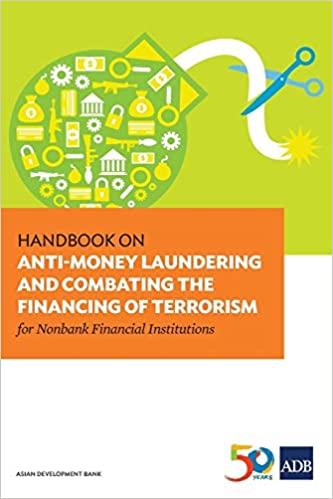Question
Alternative dividend policiesGiven the earnings per share over the period2015-2022 shown in the following table, determine the annual dividend per share under each of the
Alternative dividend policiesGiven the earnings per share over the period2015-2022 shown in the following table, determine the annual dividend per share under each of the policies set forth in parts a through d.
| Year | Earnings per share |
| 2022 | $1.22 |
| 2021 | $1.53 |
| 2020 | $1.16 |
| 2019 | $0.74 |
| 2018 | $1.08 |
| 2017 | $0.69 |
| 2016 | $0.98 |
| 2015 | $0.39 |
a.If the firm pays out 60% of earnings in all years with positive earnings, the annual dividend the firm would pay in year 2016 is $___. (Round to the nearest cent.)
b.If the firm pays $0.50 per share and increases the dividend to $0.70 per share whenever earnings per share rise above $1.10 per share for two consecutive years, the annual dividend the firm would pay in year 2016 is $___. (Round to two decimal places.)
c.If the firm pays $0.50 per share except when earnings exceed $1.20 per share, in which case pay an extra dividend of 70% of earnings above $1.20 per share, the annual dividend the firm would pay in year 2016 is $___. (Round to two decimal places.)
d.If the firm combines policies in parts b and c, when the dividend is raised (in part b), it raises the excess dividend base (in part c) from $1.20 to $1.30 per share. The annual dividend the firm would pay in this case in year 2016 is $___. (Round to two decimal places.)
e.Compare and contrast each of the dividend policies described in parts a through d.
Which policy uses a constant-payout ratio?(Select the best answer below.)
A. The policy described in part b is a constant-payout ratio which will yield low or no dividends if earnings decline or a loss occurs.
B. The policy described in part c is a constant-payout ratio which will yield low or no dividends if earnings decline or a loss occurs.
C. The policy described in part a is a constant-payout ratio which will yield low or no dividends if earnings decline or a loss occurs.
D. The policy described in part d is a constant-payout ratio which will yield low or no dividends if earnings decline or a loss occurs.
Which policy uses a regular dividend?(Select the best answer below.)
A. Policy described in part a uses a regular dividend policy which minimizes the owners' uncertainty of earnings.
B. Policy described in part b uses a regular dividend policy which minimizes the owners' uncertainty of earnings.
C. Policy described in part d uses a regular dividend policy which minimizes the owners' uncertainty of earnings.
D. Policy described in part c uses a regular dividend policy which minimizes the owners' uncertainty of earnings.
Which policy uses a low-regular-and-extra dividend policy?(Select the best answer below.)
A. Policy described in part a uses a low-regular-and-extra policy giving investors a stable income.
B. Policy described in part c uses a low-regular-and-extra policy giving investors a stable income.
C. Policy described in part d uses a low-regular-and-extra policy giving investors a stable income.
D. Policy described in part b uses a low-regular-and-extra policy giving investors a stable income.
Which policy provides the stability of a regular dividend but allows for future dividend growth?(Select the best answer below.)
A. Policy described in part d provides the stability of a regular dividend but allows for larger future growth of dividends.
B. Policy described in part b provides the stability of a regular dividend but allows for larger future growth of dividends.
C. Policy described in part c provides the stability of a regular dividend but allows for larger future growth of dividends.
D.Policy described in part a provides the stability of a regular dividend but allows for larger future growth of dividends.
Step by Step Solution
There are 3 Steps involved in it
Step: 1

Get Instant Access to Expert-Tailored Solutions
See step-by-step solutions with expert insights and AI powered tools for academic success
Step: 2

Step: 3

Ace Your Homework with AI
Get the answers you need in no time with our AI-driven, step-by-step assistance
Get Started


